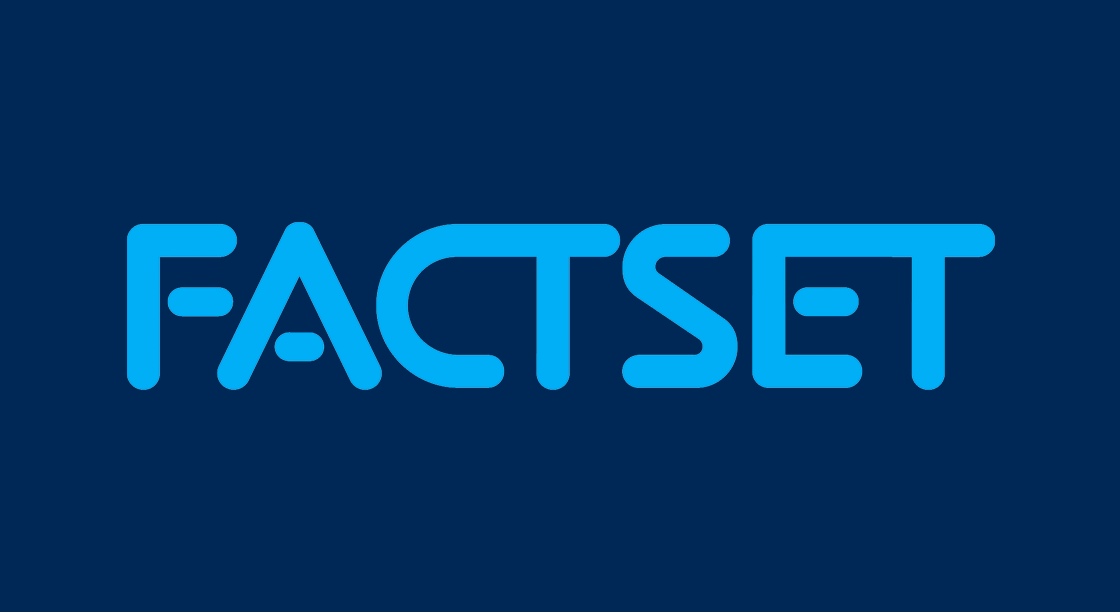
In 2021, NextDecade proclaimed their ambition to produce “the lowest lifecycle GHG LNG on a free-on-board basis…” and to make their Rio Grande LNG facility “…the greenest LNG project in the world.” Of course, they aren’t the only players in the market interested in differentiated gas, or gas that is characterized as having lower lifecycle emissions. Countless other utilities, industrial customers, midstream operators, and international buyers have looked to differentiated gas as a possible means to meet forthcoming GHG regulations or satisfy emissions-sensitive demand. However, this Energy Market Insight, which is an excerpt of a story published in our most recent Upstream Outlook, will be taking a look at only one of the several drivers behind differentiated gas demand: LNG.
Let’s start with what makes gas “differentiated” and how an operator can claim their gas as such. Often incorrectly interchanged with certified gas, differentiated gas is merely natural gas that, through some combination of geology, infrastructure, company practices, or other factors, is characterized by having lower lifecycle emissions. It only becomes “certified” after the facility in which the gas is produced has been approved by a third-party certification. The three primary companies that currently provide this certification, and their respective certification criteria, can be seen below.
Insight/2023/05.2023/05.26.2023_Energy/natural-gas-certification-list.png?width=959&height=628&name=natural-gas-certification-list.png)
Now, despite this small number of certification-providing entities, BTU Analytics estimates that current U.S. certified gas supply sits at 26.6 Bcf/d, or 24% of Lower 48 gross gas production. Where the bulk of this certified gas supply is located is significant too, as the vast majority of certified gas volumes can be found in the Northeast and northern Louisiana and East Texas. The reason for this is that both Appalachia and the Haynesville hold intrinsically lower methane intensities, as the sale of methane is the primary source of revenue there, and both basins have exposure to environmentally focused buyers. As shown below, one of these large certified gas supply regions sits very near the U.S.’ major LNG export hub along the Gulf Coast. And this is where LNG comes in.
Insight/2023/05.2023/05.26.2023_Energy/map-of-us-certified-gas-demand-and-supply.png?width=959&height=628&name=map-of-us-certified-gas-demand-and-supply.png)
After Russia began its invasion of Ukraine, 2022 saw 64% of U.S. LNG deliveries go to an energy-dependent Europe. BTU Analytics continues to model demand growth coming from LNG exports, as Europe will continue to need gas volumes to meet its energy needs and the U.S.’ Henry Hub benchmark will likely continue providing a favorable price environment for long-term offtake agreements. In the midst of this picture, the European Parliament is proposing adding rules that cover imported fuels to a law currently under negotiation that would cut methane emissions and necessitate the monitoring of infrastructure within the EU. Should the EU rules be written to require an independently audited assessment of supply chain methane emissions more intensive than current U.S. requirements, demand for differentiated gas would likely grow.
While the age-old truism that “MMBtus are MMBtus” remains true in the physical sense (a gas molecule coming from the Permian is no different from one coming out of the Haynesville), the natural gas market looks like it’s beginning to disagree. Be sure to request a sample of our May 2023 Upstream Outlook for in-depth coverage of global, state, and company level policies that could act as other catalysts for differentiated gas demand growth going forward.

Solar Reshapes European Load, Favoring Storage
While overall electricity demand is falling in Europe, the surge in renewables is leading to attractive opportunities for energy...
By Matthew Hoza | Energy

Alabama Power Freezes Rates Ahead of 2026 Election Cycle
On December 2nd, the Alabama Public Service Commission (PSC) approved Alabama Power's proposal to freeze customer electric rates...
By Leo Kelser | Energy

Minimum Billing Demand: a Key Component in U.S. Data-Center Tariffs
This Insight examines how U.S. utilities are proposing higher minimum billing demand (MBD) percentages for data centers than for...
By Eric Yussman | Energy

OBBBA Shifting Generation Interconnection Queues in the U.S.
The current volatility of the U.S. energy sector and the potential impacts of the One Big Beautiful Bill Act are likely to affect...
By Lucas Caminiti | Energy
The information contained in this article is not investment advice. FactSet does not endorse or recommend any investments and assumes no liability for any consequence relating directly or indirectly to any action or inaction taken based on the information contained in this article.